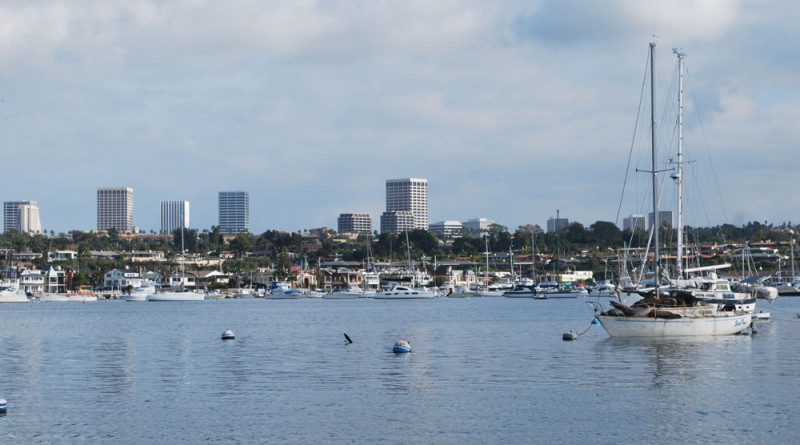TMDL restrictions for Newport Bay still a work in progress
NEWPORT BEACH — A state agency could soon prescribe strict regulations governing copper content in Newport Bay, but questions remain about which standards to follow, city officials said during a Newport Beach Harbor Commission meeting last month.
A draft TMDL plan is expected to be available for public review before the end of 2015, the Santa Ana Regional Water Quality Control Board (SARWQCB) announced earlier this year.
Chris Miller, Newport Beach’s Harbor Resources Manager, updated the city’s harbor commissioners about potential TMDL restrictions and copper regulations at the October meeting. Some of the presentation boasted improved water quality in Newport Harbor.
“Our harbor is much cleaner than it was 20 years ago, by a long stretch,” Miller said.
Questions were raised in other segments, such as whether the state is issuing conflicting water quality standards and whether copper levels and TMDL restrictions should be regulated statewide instead of being applied to one harbor at a time.
The Clean Water Act, or CWA, establishes water quality criteria. Copper sediments cannot make up more than 3.1 parts per billion, according to a State Water Boards requirement. Hull paints discharging a higher rate of copper, however, is still legal in California and permitted to be used by the Department of Pesticide Regulation, or DPR.
“There is a conflicting issue in the state,” said Dave Webb, Newport Beach’s Public Works director, about the differing DPR and SARWQCB thresholds.
He asked how the city could regulate copper if one state agency allows for more copper sediments than another.
DPR allows certain paints with copper to be used; these paints, which Webb said are legally sold statewide, could discharge up to 9.5 parts per billion of copper — more than three times what SARWQCB permits.
Webb asked how a city could be held responsible for higher copper levels if a boater uses a hull paint the DPR says is legal but SARWQCB says allows too much discharge. He suggested perhaps the state, instead of a city or county, should regulate copper and hull paints the same way it governs smog checks for vehicles.
He also asked how Newport Beach could regulate a boater who used legal copper paint on the vessel’s hull but exceeds the Regional Water Board’s strict requirements.
Most of Newport Harbor has less than 3.1 parts per billion of copper sediment, according to Miller. Rhine Wharf, J mooring field, West Newport, Linda Isle and N. Bay Front Avenue are the areas where copper sediments reportedly exceed the 3.1 parts per billion threshold.
The regional arm of the State Water Boards initially proposed Newport Harbor reduces its copper sediment by 83 percent within 15 years. SARWQCB also recommended a ban on copper paints in the harbor. Harbor users would have to transition to non-toxic paints. Other requirements would include installing slip liners for hull cleaning and dredging to reduce copper from sediment. Newport Beach would also be required to support DPR’s antifouling goals if the SARWQCB decree becomes reality.
The Regional Water Board’s proposed TMDL regulation identifies recreational boats as a main culprit of copper sediment in Newport Harbor; however, commissioners pondered whether airplanes taking off from John Wayne Airport contributed to any contamination.


